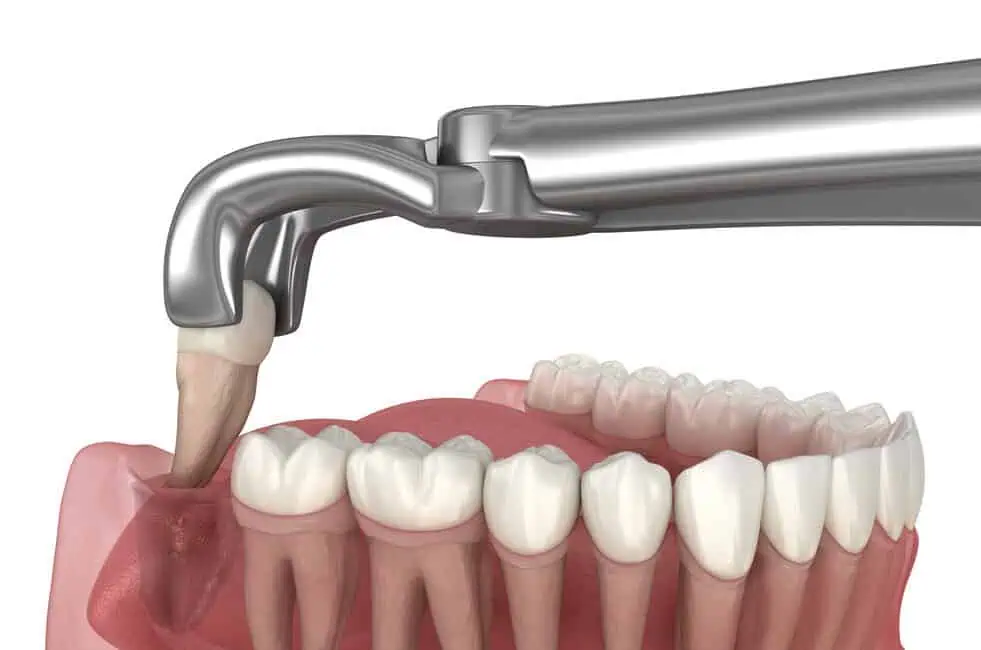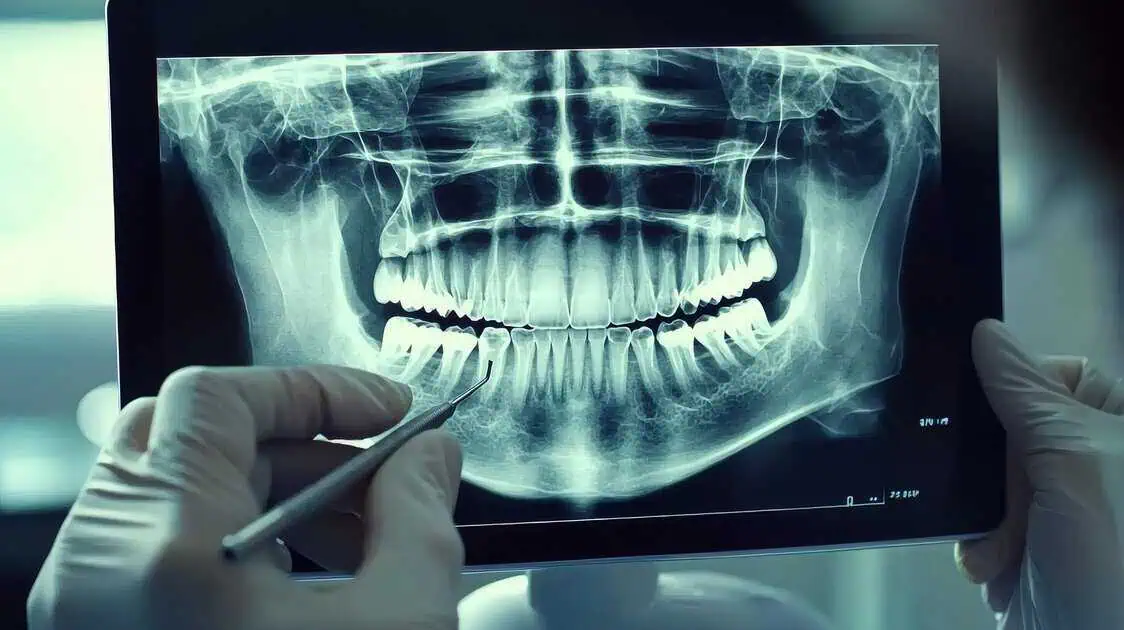Table of Contents
Tooth pain can hinder your daily activities. As a result, you may not eat well, speak, And concentrate like you used to. A root canal treatment can help you with this problem, especially if you’ve been experiencing sensitivity to hot or cold foods or swelling in your gums.
This treatment is designed to save your natural teeth and tooth pain relief. Instead of opting for an extraction, a root canal approach allows you to keep your tooth while eliminating the infection causing their discomfort.
If you’ve been searching for the best root canal options, this guide will help you learn more about the procedure and how advanced technology, like the GentleWave System, can improve your experience.
What Is a Root Canal and Why Do You Need One?
A root canal is a dental approach that treats a severely infected or decayed tooth. When bacteria enter the inner part of the tooth—called the pulp—it can cause inflammation, pain, and even lead to an abscess. If left untreated, the infection (or any bacteria) can spread to other teeth or affect overall health.
The root canal treatment includes:
- Remove the infected or necrotic pulp from within the tooth.
- Cleaning and disinfecting of the root canal on an antibacterial basis.
- Filling and sealing of the space to prevent re-entry of bacteria.
Once the root canal therapy is done, the tooth gets restored with a crown, allowing it to function normally without pain.
Signs You Might Need a Root Canal
How do you know if you need a root canal in Phoenix, AZ? Some common symptoms include:
- Pain in the tooth that persists, perhaps even despite over-the-counter painkillers.
- Food, hot or cold,d tends to be bothersome and niggles long after you have finally put down your fork or cup.
- Swollen or tender gums around the tooth in question.
- Darkening or stained tooth signifying necrosis of the f pulp.
- A pimple bump on the gums could indicate an abscess.
If you experience these symptoms, it is important to see a dentist as soon as possible. A root canal treatment can stop the infection and prevent further damage.
How a Root Canal Saves Your Tooth
Unlike extraction, which means a total removal of the tooth, the root canal preserves the natural tooth while removing the infection. The important advantages of this are:
- Remedy for pain and discomfort caused by the tooth, right at the source.
- Infection is prevented from spreading to other teeth or areas of the body.
- The natural tooth is retained, avoiding expensive replacements like implants or bridges.
- Normal functions like biting and chewing can be performed without pain.
- Your smile remains intact as the tooth is repaired instead of removed.
An advanced technique like the GentleWave System can offer even greater benefits for the best root canal experience.
The GentleWave System: A More Advanced Root Canal Treatment
At 24 Street Dental, we offer patients a choice between the traditional root canal treatment and the GentleWave System by Sonendo. This advanced procedure provides a less invasive and more effective means of cleaning and disinfecting the root canal system for better long-term outcomes.
In traditional root canal treatment, infected tissue is manually removed with small files. Although effective, this does not allow access to bacteria deep within the root system. Conversely, the GentleWave System uses fluid mechanics and soundwaves to perform comprehensive cleanings that penetrate microscopic areas that standard tools may not reach.
Aside from using archaic footsteps along files describing themselves as small, root canal cleaning mostly involves manually removing infected tissue. Despite showing good status, this way misses hidden bacteria within the root system. In this case, however, the cleaning will use fluid mechanics, and soundwaves penetrate microscopic areas that standard tools may never be able to access.
Root Canal Expectation
Most feel nervous about getting a root canal, but the procedure is ideally painless. Thanks to modern techniques and anesthesia. Here’s what to expect:
Step 1: Examination and Diagnosis
Your dentist will examine your tooth and take X-rays to know the damage. If a root canal treatment is necessary, they will numb the area to keep you comfortable.
Step 2: Cleaning and Disinfection
A small opening in the tooth allows access to the infected pulp. The damaged tissue is removed, and the inner chamber is thoroughly cleaned and disinfected. If GentleWave is used, the cleaning systems mark a deeper level of sterilization.
Step 3: Sealing and Restoration
Once cleaned, the root canal gets a biocompatible component and is sealed to prevent future infection. Then, a dental crown is put over the tooth to restore its strength and appearance.
The entire root canal procedure takes one to two appointments, depending on the severity of the infection and the type of restoration needed.
Recovery and Aftercare
Recovery after a root canal is quick, with most patients experiencing only mild discomfort for a few days. To ensure a smooth healing process:
✔ Take over-the-counter pain relievers if needed.
✔ Avoid chewing on the treated tooth until your permanent restoration is placed.
✔ Practice good oral hygiene, including brushing and flossing daily.
✔ Follow up with your dentist to monitor healing.
With proper care, a root canal-treated tooth can last a lifetime, allowing you to preserve your natural smile without needing extractions or implants.
Choosing the Best Root Canal Treatment in Phoenix, AZ
Trusting a skilled provider of our team for root canal treatment is critical in Phoenix, AZ. At 24 Street Dental, patients receive extremely traditional and GentleWave technology care. Our team has been through various clinical practices and is very knowledgeable regarding techniques for achieving individuals’ healthiest and most effective results, tailored to comfort and durability.
Don’t wait to save Your Tooth. Contact us for Root Canal Treatment – If you suffer from dental pain. Save Your Tooth Today—Contact Us for Root Canal Treatment







